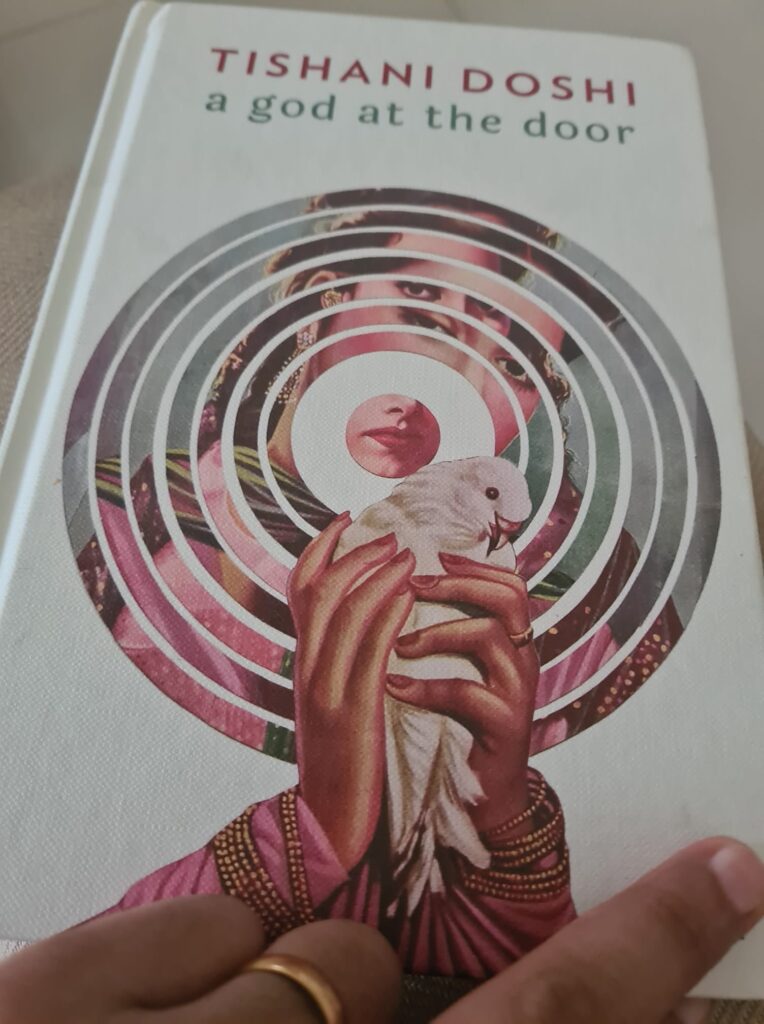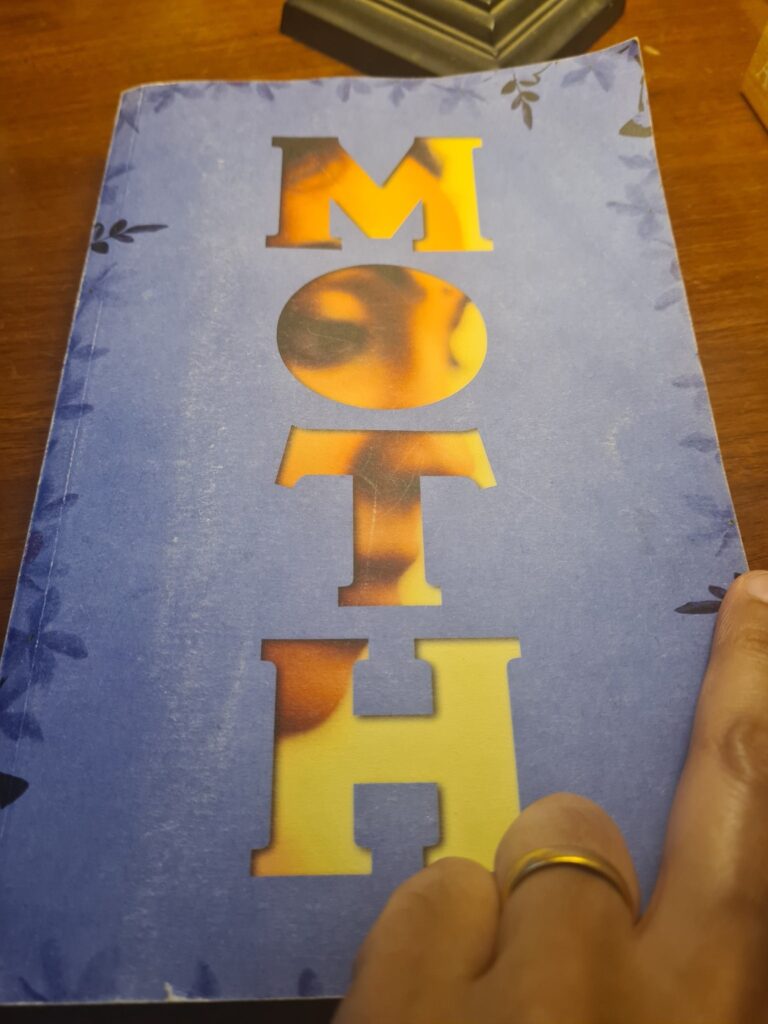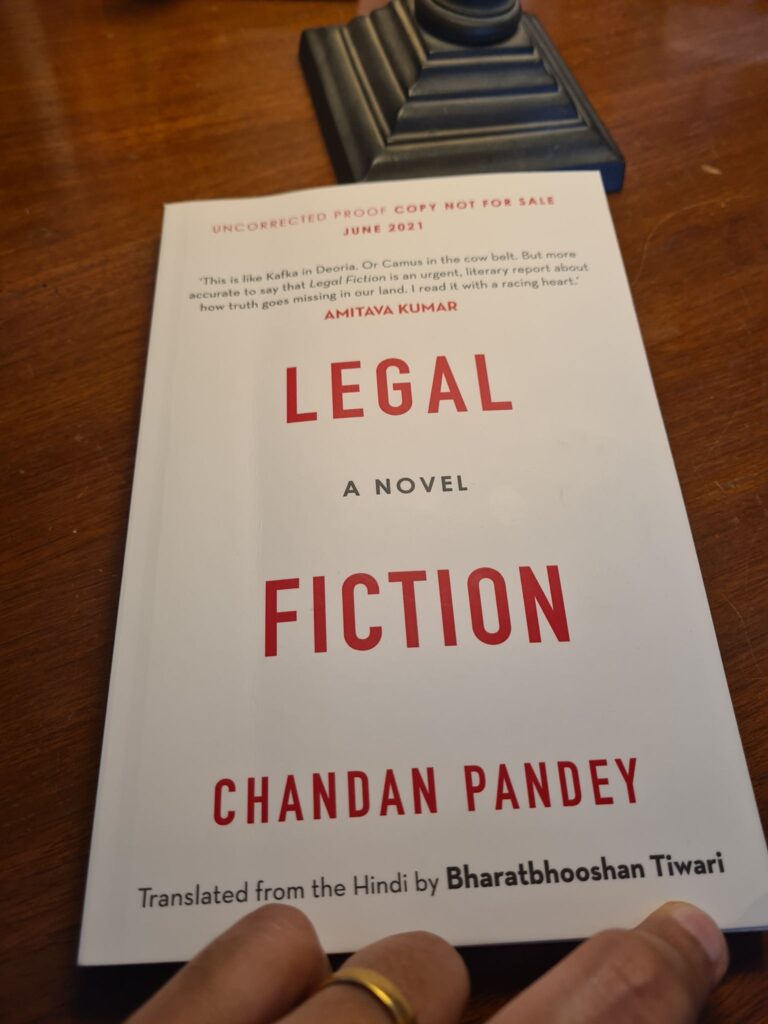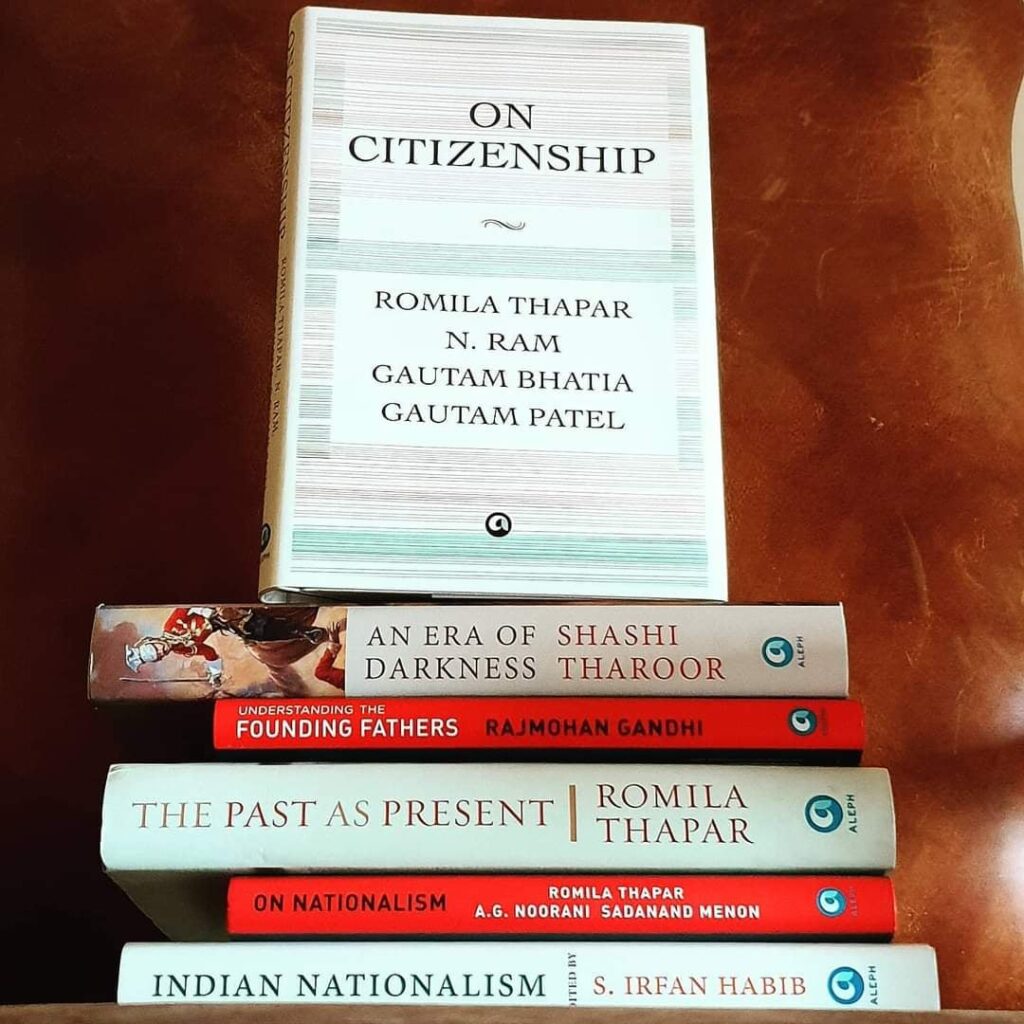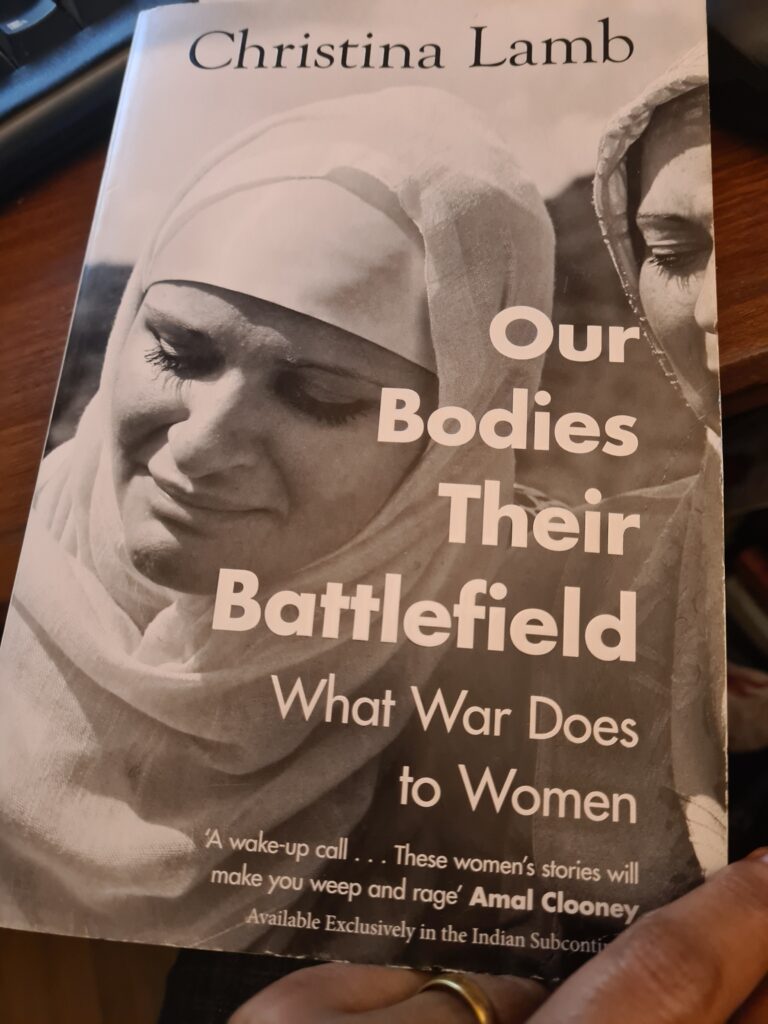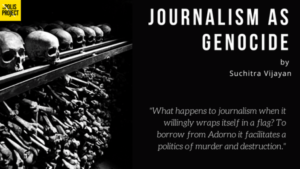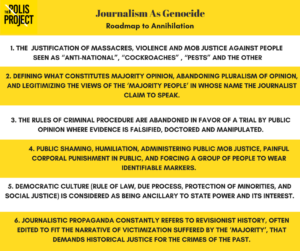Essay on Independence Day literature, 15 Aug 2021
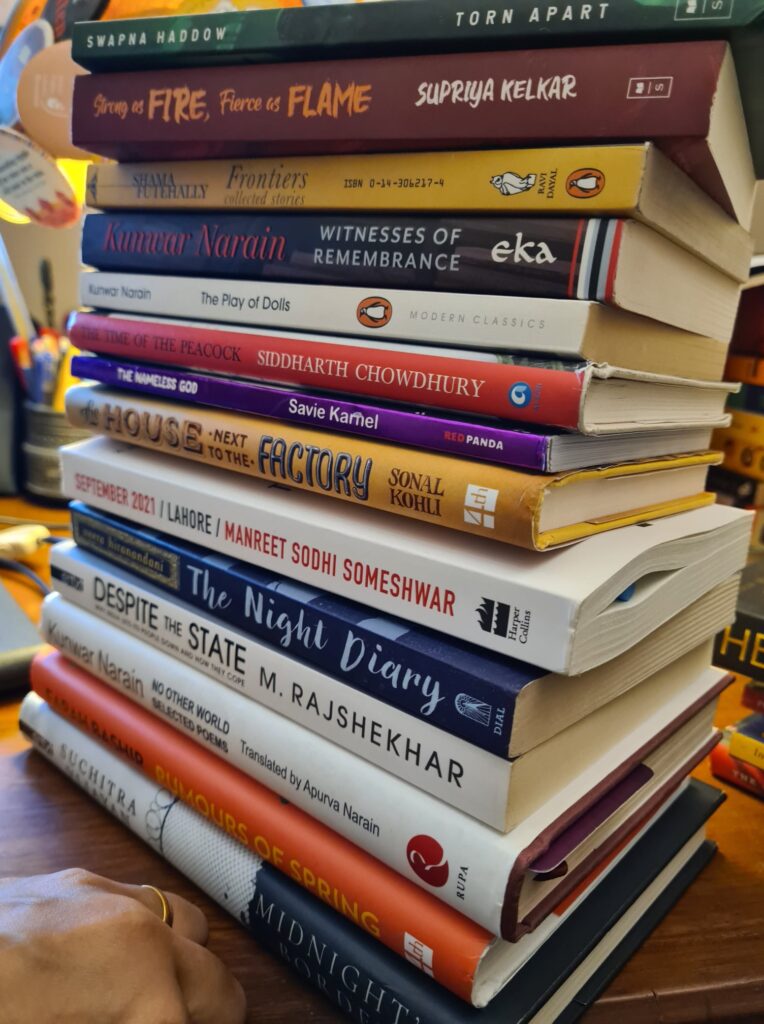
15 Aug 2021 is the 74th Independence Day of India. In 1947, the subcontinent gained its independence from the British. On that day, two nations were created — India and Pakistan. So, while there is every reason to celebrate this joyous occasion, it is also remembered for the partitioning of British India and the terrible communal riots and mass migration of people that ensued.
The historic events of 1947 have never been forgotten by those living in India, Pakistan and Bangladesh (in 1947, it was East Pakistan). Within two years of Independence, India got its constitution — the longest written constitution in the world. It is a magnificent document that gave the Indian citizens many rights. India was a fledgling democracy and yet there was much to celebrate this “new India” and the mantra of “self-reliance”. But as Suchitra Vijayan points out in her absolutely stunning book, Midnight’s Borders, that with the three significant pogroms of 1984, 1992 and 2002, much of India’s character changed. In Midnight’s Borders, she spent seven years travelling along India’s borders that had been hastily drawn in the 1940s by Radcliffe. The more she travelled, the clearer it became to her that local history and memory bear no resemblance to the political history of the nation that claims these lands and peoples. A barrister by training, she previously worked for the United Nations war crimes tribunals in Yugoslavia and Rwanda before co-founding the Resettlement Legal Aid Project in Cairo, which gives legal aid to Iraqi refugees. Yet, as her travels along India’s borders proved, that nothing really prepared her for what she encountered. Some of these stories are documented.
The collection of books showcased in the images are a tiny representation of the literature (fiction, nonfiction, and poetry) that is about India’s Independence or as many now like to refer to it as Partition. Lesser and lesser people remember it as “independence” from colonial rule but prefer to commemorate the horrors of partition. While both narratives are true, the increasing emphasis on the division of the subcontinent along communal lines has resulted in many generations perpetuating the hatred and anger for the other. It is now playing out in our daily lives as many of these books bear testimony. It also wades into the exceedingly complicated terrain of the importance of memory, oral histories, subjective/objective perspectives, violence and preservation of stories for future generations — is it meant to be a reminder to not repeat these unforgettable mistakes of the past or do they serve the purpose of stoking more communal flames? No one will ever know the truth but three of the recently published novels — Savie Karnel’s The Nameless God, Chandan Pandey’s Legal Fiction (translated from Hindi into English by Bharatbhooshan Tiwari), and Siddharth Chowdhury’s The Time of the Peacock are sobering reminders of the fallout of our violent history.
Partition has become such an important narrative in Indian / South Asian/ desi literature, especially after the anti-Sikh riots of 1984 which for many recalled the events of 1947, that many new stories are continue to be published on the subject. Take for instance, the young adult novels of Swapna Haddow’s exquisite Torn Apart: The Partition of India and Veera Hirandani’s riveting The Night Diary. Torn Apart is a slim novel. It is focused upon the two young boys, Ibrahim and Amar. It is October 1947. The two young boys are thrown together, in the aftermath of India gaining Independence from the British. It resulted in the partition of the subcontinent into two nations – India and Pakistan. This resulted in terrible bloodshed and what has been considered to be one of the largest migrations of humans in living memory. Ibrahim, a wealthy young Muslim, has been separated from his family after an attack. Lost and alone in Delhi, Ibrahim meets Amar, a street child and a Hindu, and asks for his help to reach Pakistan safely. Swapna Haddow does not spend too much time fretting about families torn apart or relationships being fragile. She shows the violence and ways out of the violence. She does not in any way lighten any blows. The abrupt manner in which the friendship draws to a close at the refugee camp is so realistic. Astonishingly there is no sense of hope offered to the young readers. It is what it is. Even Michael Morpurgo who dishes out very sad books, with there always being one painful twist in the plot, ends his books on positivity. Always hope. But not Swapna. Yet, the lean writing, with not a word out of place is utterly stupendous. And here is my 2018 interview with Veera Hiranandani. Supriya Kelkar’s second novel, Strong as Fire, Fierce as Flame is not about 1947 but of 1857. The fact that it is listed here is because the novel is set at the time of the Uprising of 1857 when the colonial ruler’s policy of Divide and Rule was evident. Hindu and Muslim soldiers united to revolt against the British rulers. There were strong rumours circulating that the bullets that the soldiers had to bite with their mouths were wrapped in paper greased with cow and pig grease that affected the religious sensibilities of the Hindu and Muslim soldiers, respectively. It caused a massive furore and rapidly spreads from the epicentre in Meerut to towns and villages across India. Supriya Kelkar’s second novel is remarkable too for her insights into British India and creating historical fiction for middle grade readers. Her first novel Ahimsa was fabulous. Her strength is creating these strong adolescent girls as the protagonists and using them as the point of entry into the past. The heroine of this novel is thirteen-year-old Meera. The story opens with her being readied for her departure to her marital home. It was a fairly common practice at the time to encourage child marriage. Her husband Krishna lived in the same village. On the eve of her departure, riots break out and in the violence that ensued Krishna was killed. Meera is terrified that she will be made to commit Sati, the practice of widows burning on their husband’s funeral pyre. Terrified at the prospect, Meera runs away from home. By doing so, she gets involved in a series of events that are linked to the soldiers’ uprising against the colonial rulers.
Some of the stupendous literature published recently that either directly or indirectly focusses upon independence/communal repercussions on modern India include translations of poetry and short stories such as that of Kunwar Narain ( translated by his son, Apurva Narain in No Other World 2008, The Play of Dolls: Stories 2020 & Witnesses of Remembrance: Selected Newer Poems 2021); the anguish about contemporary events movingly expressed by poet Tishani Doshi in her collection of poems A God at the Door; Farah Bashir‘s memoir about growing up in 1990s Kashmir in Rumours of Spring; and debut writer Sonal Kohli’s disquieting inter-linked short stories House Next to the Factory which are about the post-Partition immigrant experience between 1980-2020 in Delhi. The forthcoming Partition trilogy by Manreet Sodhi Someshwar is definitely something to look out for. The first volume, Lahore is to be released soon but it is a book that will be talked about for years to come. In all likelihood it will be turned into a TV series or a film. It is a triumphant example of historical fiction with a balanced account of historical events and fictional characters that provides insights into the events of 1947. The other two volumes in the trilogy are called Hyderabad and Kashmir. These books have been written after intensive research and it shows. Fortunately, the author wears her knowledge lightly and it is a gripping tale she has to tell. Debut novelist Melody Razak attempted to do something similar with Moth and has been recognised by The Observer as one of the promising novelists of 2021. It too is historical fiction set in and around August 1947.
Journalist M. Rajshekhar’s Despite the State has been included in this list of books as it is a brilliant example of reportage. Rajshekhar spent thirty-three months travelling through six states of India, investigating the deep crisis that affects Indian democracy. He records the distressing account of democratic failure. It is a sobering read given the enthusiasm with which the first government after Independence laid out the blueprint for a planned economy, construction of temples of modern India such as hydropower dams and setting up many schemes for the welfare of its citizens. Rajshekhar shows how much of those dreams have crumbled, the state in many instances has abdicated responsibility, leaving the citizens to fend for themselves. It is a cruel reality. It is precisely why a selection of Aleph Book Company titles have also been displayed. The publishing firm is doing a sterling job of creating relevant literature, looking at history, facts, evidence and preventing the corruption of historical narratives by a single discourse. The titles on display are a minute selection of what has been published in recent years by eminent academics, writers, and social activists.
Unfortunately, is a sad truth that much of the literature that is being published nowadays focusses more and more on the “partition” rather than the euphoria of becoming an independent nation. Literature at the best of times, especially for the young, when based upon historical events should be based on facts with of course the liberty to be creative rather than being biased in their perspective. The communal clashes that erupted after Independence were despicable and their ramifications are being felt more than seven decades later with the resurgence of hate politics and fundamentalism. It is the truth. But we should never forget and certainly not let the younger generations forget, as we move further in time away from 15 August 1947, that the euphoria of winning our Independence from the British was tremendous. We were free. Finally. Stories can be and should be created against the backdrop of Independence and of course the violence that followed thereafter. But the growing emphasis on remembering the violent past, erecting memorials to the victims, setting up Partition museums and war memorials, is one way of forever remembering the injustices of the past. Yet, it is also a clever way of ensuring that the wounds remain raw. Remember but with facts and not with selective memory – that is plain dangerous and perpetuates violence and hatred.
At such a time it is perhaps worth reading humanist and experimental poet and writer the late Kunwar Narain’s “Poetry of Dark Times”.
****
“Poetry of Dark Times”
Remembering Brecht
How should be
the poetry of dark times
like this?
Poets change, poems change,
but dark times
just don’t seem to change.
So much misery
keeps looking for words in artless languages,
keeps wishing that they arise
drop by drop
like vapour from abyssal oceans
collide with mountains
like nimbus clouds
girdle the earth and rain down on it
like tempest thunder lightning . . .
and so let the poetry of dark times inundate
and wash away the dark times.
and wash away the dark times.
How can the poetry
of dark times
be . . .
Kunwar Narain (1927-2017), translated by Apurva Narain
Note: These are only a sample of books published on Independence/Partition. There are many, many more equally good books being published that have not been included in this post.

